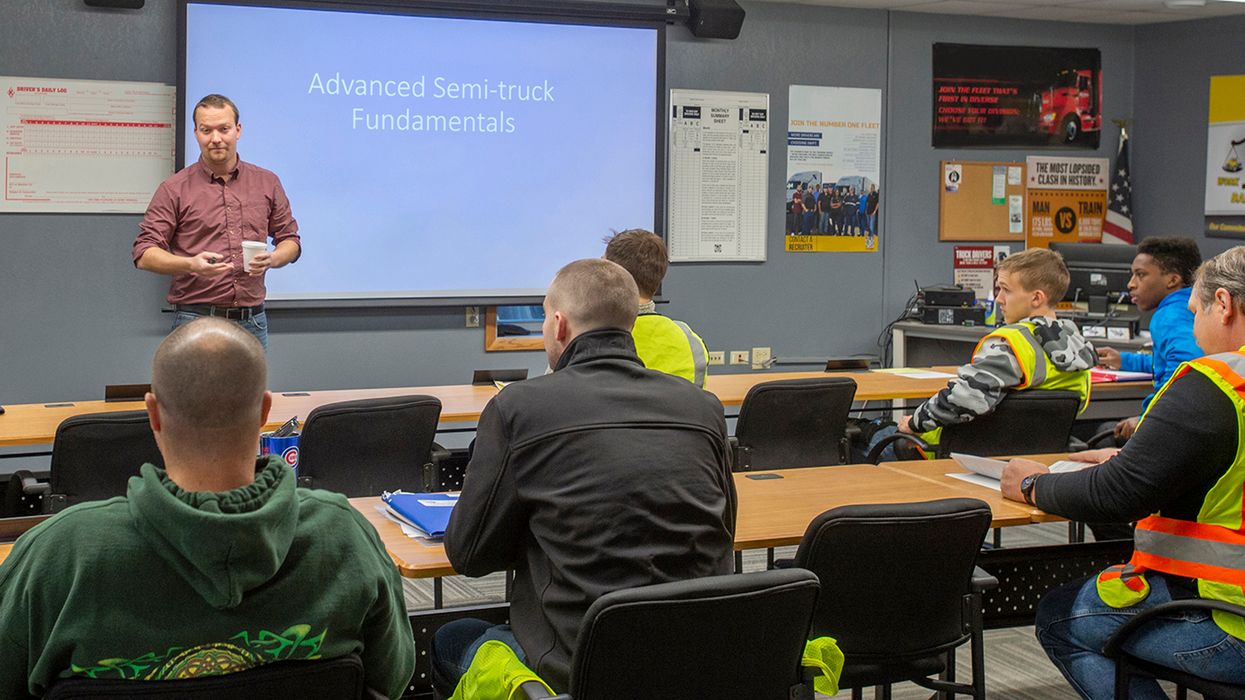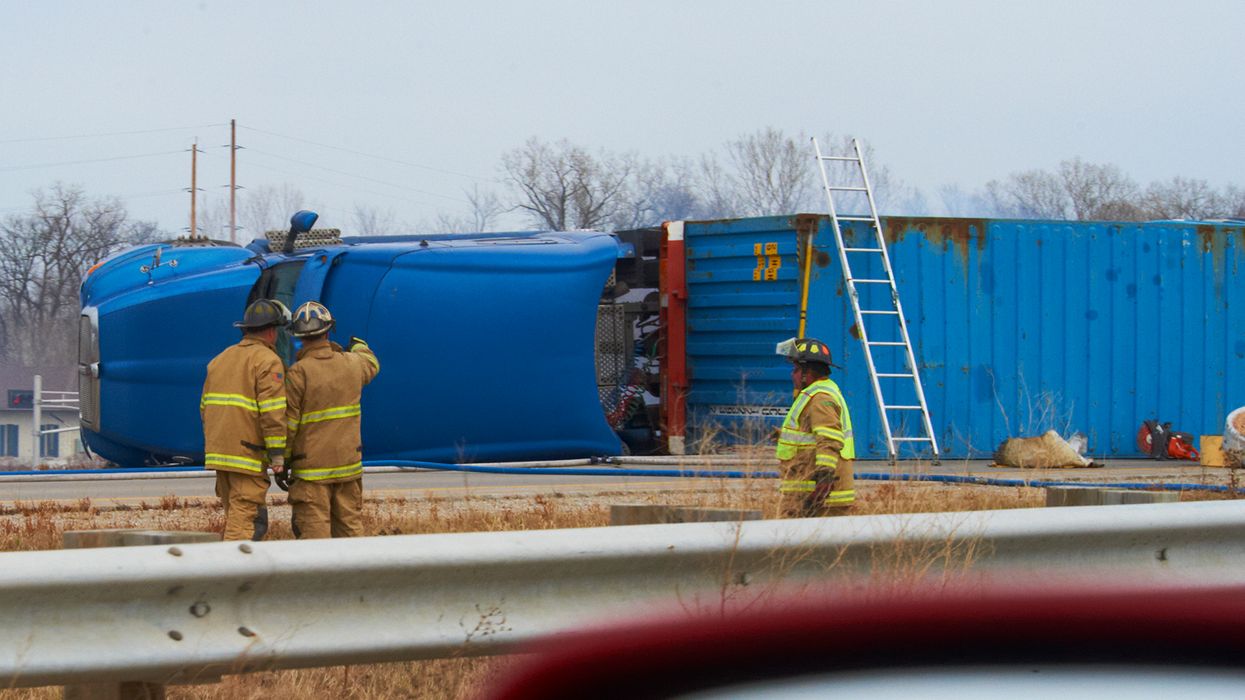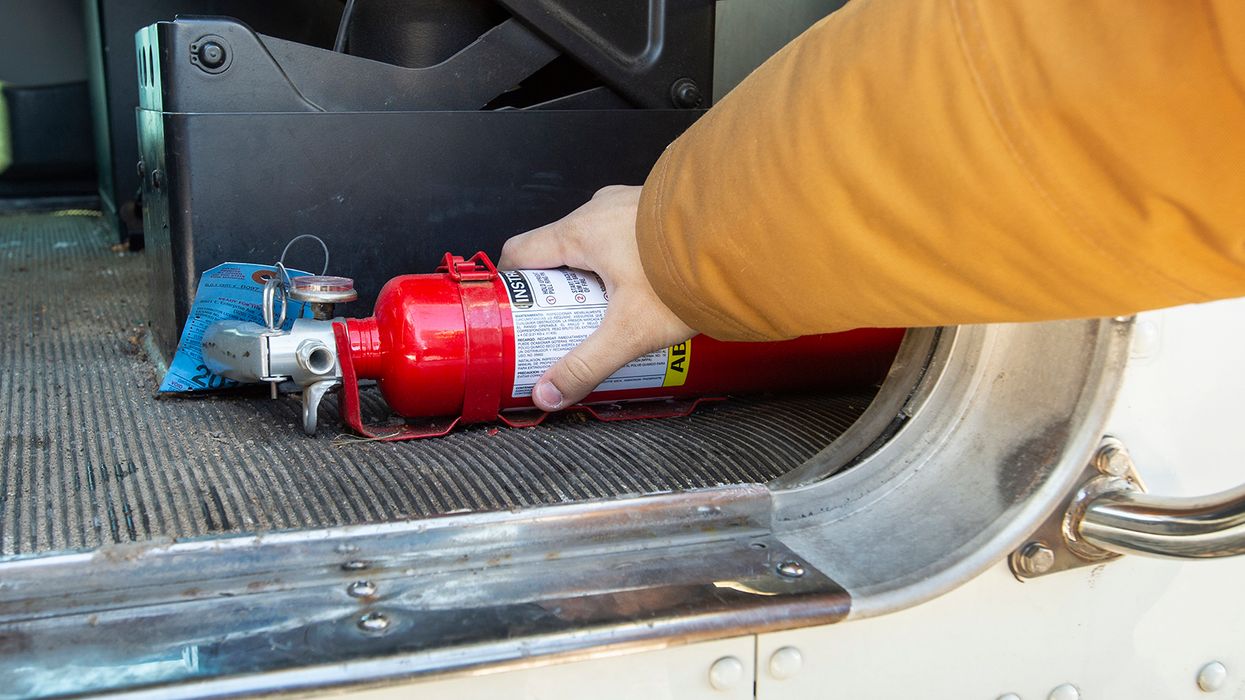Best practices to avoid road rage
Truck drivers may face aggressive drivers and personally experience road rage frequently. These situations can escalate quickly and become dangerous, especially when a commercial motor vehicle is involved. How can you train your drivers to handle dangerous encounters?
Avoid road rage
When road rage sets in, all rational thinking seems to evaporate immediately. The most dangerous incidents occur when two drivers have aggressive responses toward each other and then have a “courteous exchange” before stopping to talk about it. Truck drivers should never stop to discuss a road- rage event, because it often leads to a violent encounter. When motorists find themselves in a road rage situation, remember to slow down and avoid eye contact. Most of the time, the aggressive driver will speed around you and quickly disappear. Drivers should also avoid using the horn and making rude hand gestures.
Observe dangerous driving behavior
There will be times when the actions or behavior of other drivers makes a driver frustrated or angry. The following list of actions can trigger road rage:
- Driving too fast or too slow
- Using electronic devices
- Intentionally blocking traffic with vehicle
- Rude hand gestures with eye contact
- Failure to yield or cutting in front of a vehicle
If specific actions can stir up anger, it makes sense that some actions may help keep the driver calm and may diffuse a potentially volatile situation. Examples include:
- Drive at a safe speed and maintain a safe following distance (no tailgating)
- Use left lane only for passing
- Yield to vehicles trying to pass
- Avoid showing a reaction to an aggressive driver
- Do not use the horn out of anger
Conduct training exercises
It is important for truck drivers to remember that they are the professionals who must always maintain their composure and control while driving. They have deadlines to meet, freight to deliver, and a personal life waiting at home, so they must steer clear of road rage.
Consider conducting problem-solving exercises involving real-life scenarios. Participants should also be encouraged to share their stories of road rage incidents. After hearing situations in which your drivers or others experienced road rage, ask the participants if they:
- Could identify the actions that triggered the response in the aggressor;
- Could have done anything differently to diffuse the situation; and
- Learned anything from the experience on what to do differently.
Security training can help truck drivers be more aware and understand how to safely navigate their way through difficult situations.




















































